PODCAST: Understanding the unique burdens of Lyme on women
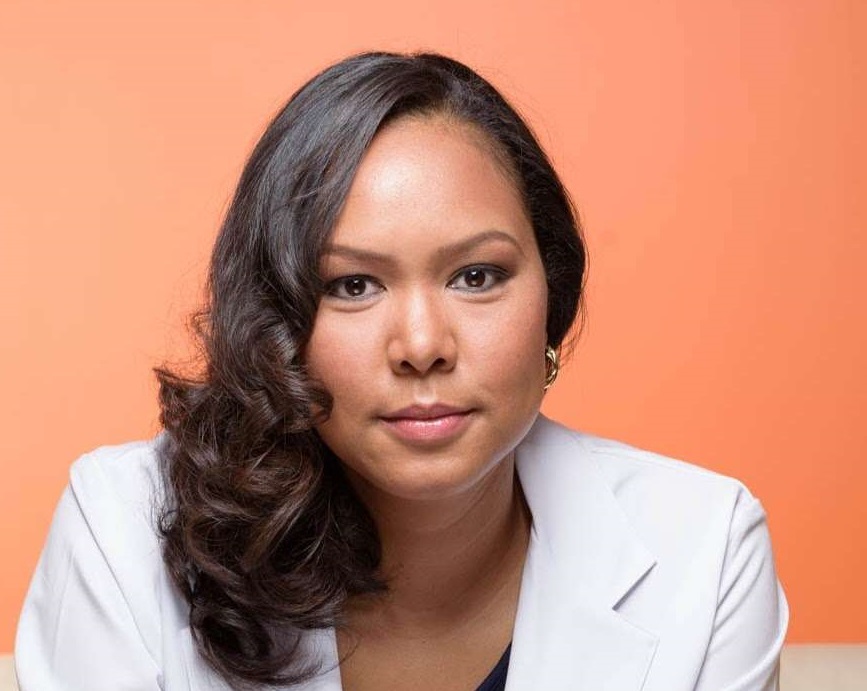
By Fred Diamond
On this week’s episode of the Love, Hope, Lyme podcast, I speak with Dr. Jaquel Patterson, a nationally recognized naturopathic physician and author of Women and Lyme: An Integrative Guide to Better Health.
We discuss an often-overlooked dimension of chronic Lyme disease: the unique challenges faced by women due to hormonal, physiological, and societal factors.
Dr. Patterson’s insights aren’t just clinical, they are personal. As a Lyme, Babesia, and Bartonella survivor herself, she brings both scientific knowledge and deep empathy to her work.
“At the time I was 28,” she says, reflecting on her own diagnosis. “You’re just told, as many women are told, this is just anxiety. This is just stress. But I knew it felt different.”
Like many women, Dr. Patterson endured years of misdiagnosis and dismissal before receiving proper testing and treatment. What she has observed in her own journey—and later confirmed in her patients—is that the experience of women with Lyme is often shaped by intersecting issues: gendered medical gaslighting, complex hormonal shifts, and overlapping autoimmune disorders.
A system that doesn’t hear women
Dr. Patterson says it plainly: “Statistically, women are dismissed more often in medical settings—especially with vague, chronic symptoms like fatigue, brain fog, and pain.” For many Lyme patients, getting diagnosed can mean seeing seven to nine doctors (or more), but for women, the number tends to be even higher.
Time and again, Dr. Patterson heard stories from women who were told their symptoms were “just stress” or “hormonal.” That sparked her motivation to write the book.
“There really wasn’t any book out there that talked about Lyme and women’s health in this way,” she explained. “Hormones do play a role in making it worse or better, but no one was connecting the dots.”
How hormones interact with Lyme
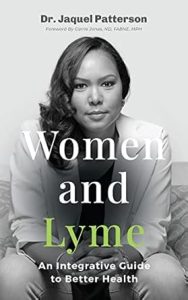
She calls it the trifecta: the thyroid, adrenal glands, and sex hormones. Lyme and tick-borne infections can disrupt all three, creating a cascade of symptoms that are difficult to untangle unless a practitioner is trained to look holistically.
“These systems are all interconnected. Lyme disease can disrupt the HPA axis, throw off cortisol, downregulate the thyroid, and in turn, destabilize reproductive hormones,” she says.
“The result? Symptoms worsen—especially around menstruation or menopause.”
Dr. Patterson breaks this down by life stage. For women in their 20s and 30s, she often sees worsening Lyme symptoms right before their period due to a surge in prostaglandins and inflammatory cytokines like IL-6. In women who have estrogen-dominant conditions like endometriosis, the inflammation can be especially high.
“Many women would say to me, ‘I feel horrible before my cycle—joint pain, brain fog, depression—and then as soon as I get my period, I feel fine.’ That’s not in their head. That’s inflammation.”
In menopause and perimenopause, a different set of issues arises: all the protective hormones—estrogen, progesterone, testosterone—drop dramatically. These hormones aren’t just for reproduction; they also modulate the immune system.
“So now,” she says, “the inflammation and infections aren’t being held in check, and symptoms can come roaring back, even years after treatment.”
Women carry a greater burden of chronic symptoms
Dr. Patterson estimated that 83% of those with long-term or chronic Lyme symptoms are women. She noted that while men and women might contract the disease at similar rates, women are more likely to experience prolonged and complex symptom profiles.
[Editor’s note: According to a study by MyLymeData, women with Lyme disease take longer to get diagnosed, have more severe symptoms and experience higher rates of disability when compared to men. They may also be more likely to develop persistent Lyme disease.]
And it’s not just physical. Mental health takes a hit, too.
“The inflammation from Lyme affects the brain, mood, and cognition. And then there’s the emotional toll of not being believed,” she says. “Depression is often tied to inflammation. And Bartonella can cause what we call ‘Bartonella rage.’ It impacts the nervous system deeply.”
These symptoms can disrupt every aspect of life—from parenting and relationships to work and identity. That’s why Dr. Patterson advocates for whole-person care: physical, emotional, hormonal, and spiritual.
Natural tools and herbs that support women’s recovery
Dr. Patterson’s approach includes both science-backed herbal protocols and personalized integrative care. On the podcast, she shares a few of her go-to herbs for Lyme and co-infections:
- Artemisia and Cryptolepis – effective for Babesia and Lyme, with immune-modulating properties.
- Samento (Cat’s Claw) – anti-inflammatory and gut-friendly, often used for Lyme and neurological symptoms.
- Japanese Knotweed – known for its anti-inflammatory and antimicrobial effects.
- Houttuynia – frequently used in Bartonella protocols.
She emphasizes the importance of breaking down biofilm—the slimy protective shield that allows bacteria to hide in the body—with agents like serrapeptase, lumbrokinase, and stevia extract.
“These herbs aren’t just random—they’ve been studied, and some have shown effectiveness comparable to antibiotics,” she says. “I use the Buhner Protocol, Cowden, and sometimes Beyond Balance, depending on the patient.”
Lifestyle support: Gentle but intentional
Dr. Patterson is realistic about lifestyle changes. She knows many women with Lyme are already doing their best.
“Start with where you are,” she advises. “If you can’t exercise, just walk. Or do five minutes of stretching. Your body is fighting an infection and inflammation. You’re not deconditioned because you’re lazy—you’re surviving.”
She highlights far-infrared saunas (which lower CRP and support detox), hydration (64 ounces of water daily), and nutrition focused on anti-inflammatory foods. That means reducing gluten, dairy, alcohol, and coffee as much as possible, and increasing antioxidant-rich vegetables.
Another key pillar is emotional grounding. Whether it’s journaling, meditation, or simply sitting outside with your feet in the grass, she says that staying connected—to your body, the earth, or your sense of purpose—makes a real difference.
“You can lose yourself when you’re sick for a long time. That’s why grounding, affirmations, and gratitude are essential. They bring you back to the present.”
Advice for partners of women with Lyme
Dr. Patterson also offers powerful advice for partners, friends, and family members of women with chronic Lyme.
“The biggest thing is to listen. Truly listen. Not try to fix, not try to downplay, just be there and validate what she’s going through,” she says. “This illness changes people. It’s not who they’ll always be—but it’s who they are right now. That compassion goes a long way.”
She adds that some relationships are tested by Lyme, especially if the illness hits early in a marriage or partnership. But she’s also seen profound resilience and healing when the person with Lyme feels emotionally supported.
A message of hope
Dr. Patterson’s final words on the Love, Hope, Lyme podcast are filled with warmth, strength, and realism:
“Always advocate for yourself. If a provider doesn’t believe you or doesn’t offer hope, keep looking. You deserve to feel well, not just ‘not as bad as before.’”
She reminds listeners that healing often happens in small steps: one better day, one affirmation, one supportive conversation at a time.
“Give yourself grace. Some days, resting is the healing. And if you’re surrounded by people who are hopeful, it becomes easier to be hopeful, too.”
Resources and next steps
Dr. Patterson is the founder of the Fairfield Family Health, in Fairfield, Connecticut. Her book, Women and Lyme: An Integrative Guide to Better Health, is available wherever books are sold.
Click here to listen to all episodes of the Love, Hope, Lyme Podcast or on YouTube.
Fred Diamond is based in Fairfax, Virginia and can be contacted via Facebook. His popular book, “Love, Hope, Lyme: What Family Members, Partners, and Friends Who Love a Chronic Lyme Survivor Need to Know” is available on Amazon. The e-version of the book is always free to Lyme survivors. PM Fred on Facebook or LinkedIn for your copy.


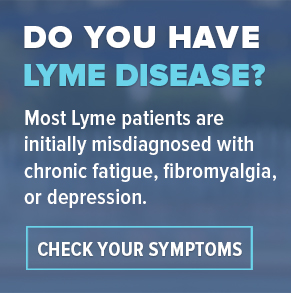
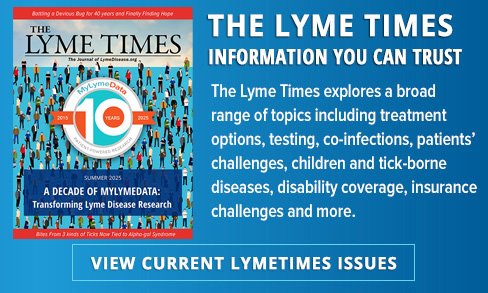

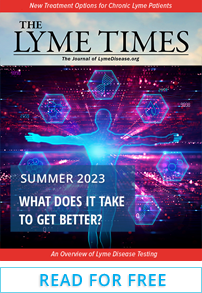
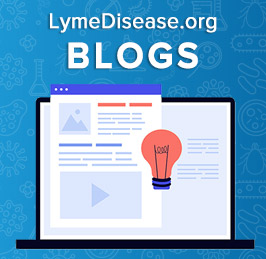

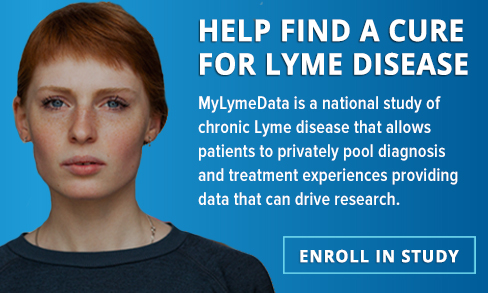
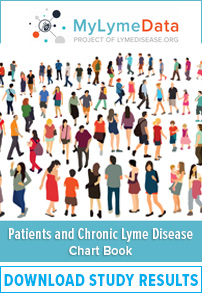



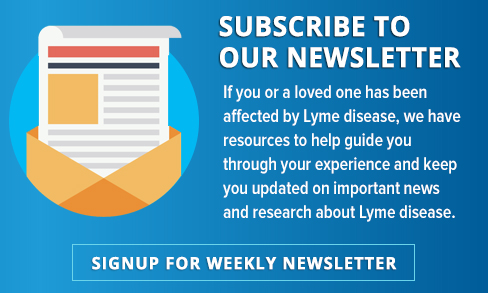
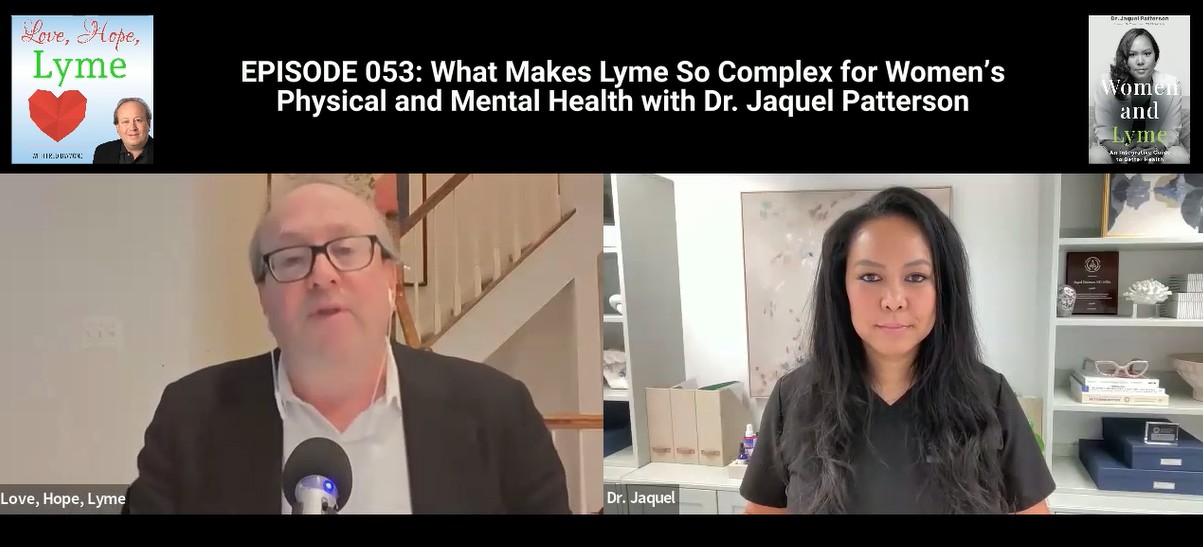

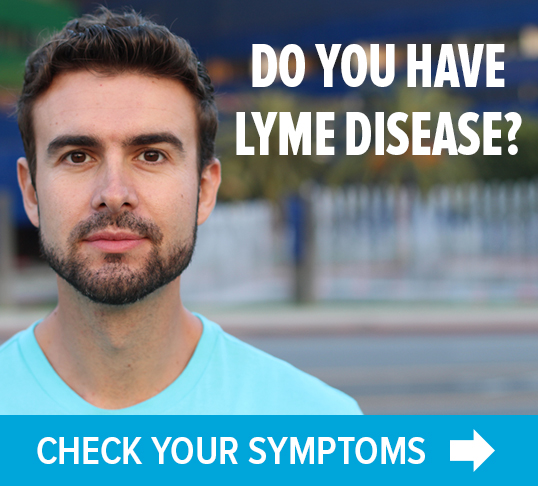
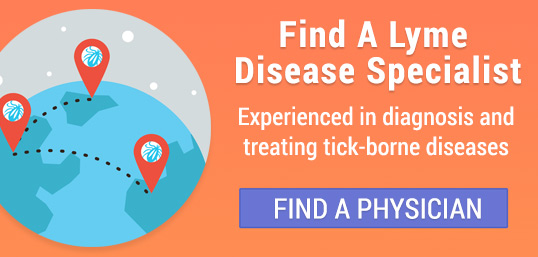
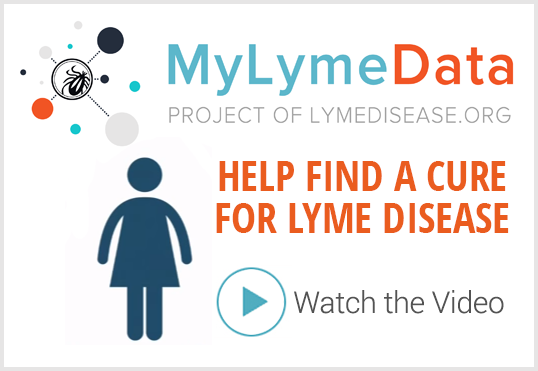


We invite you to comment on our Facebook page.
Visit LymeDisease.org Facebook Page